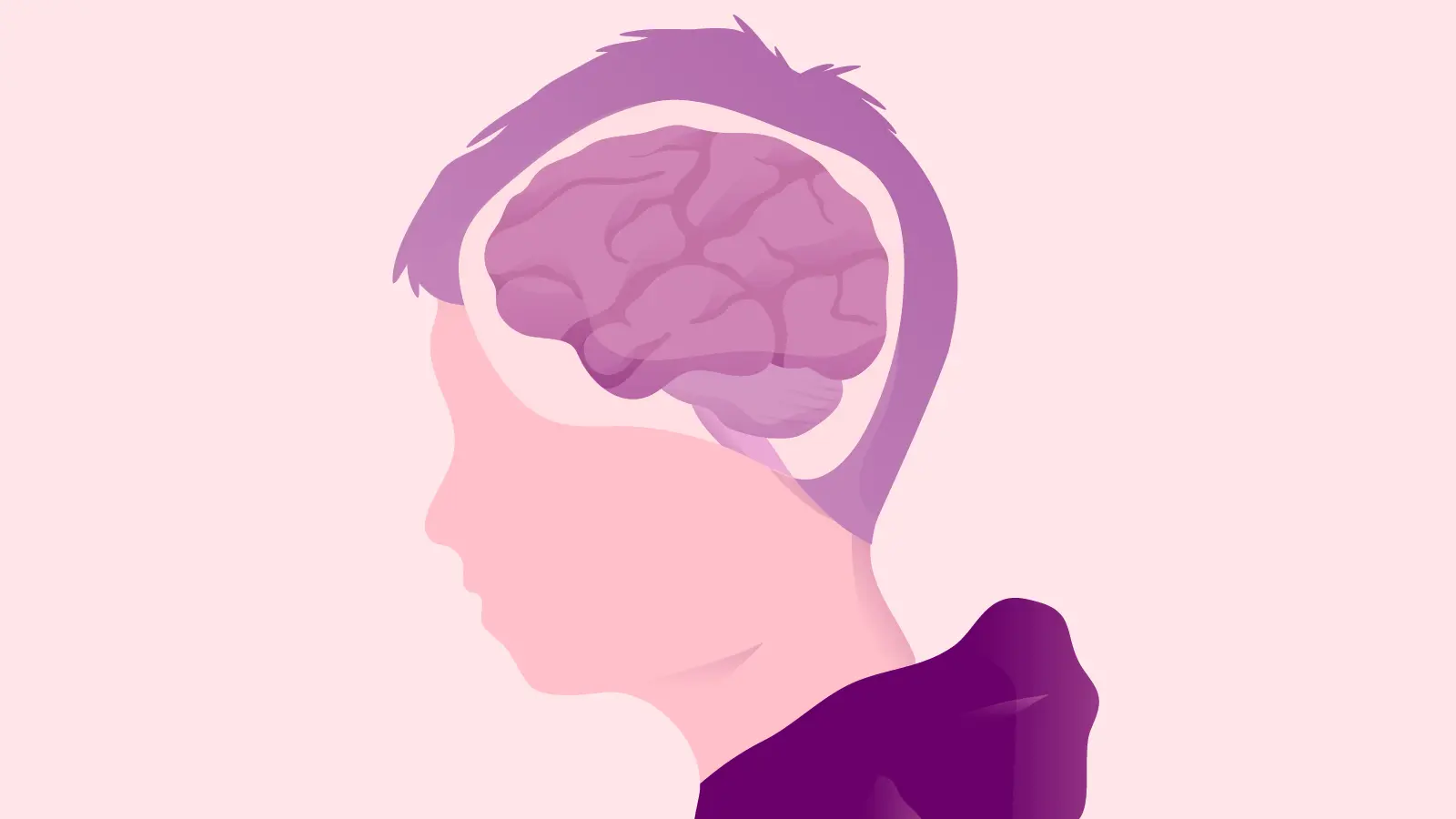年輕人的身體和大腦仍在發育過程中
年輕人的身體會在青春期繼續發育,因此很容易受到酒精的影響。 未成年飲酒可能會干擾大腦的正常發育 (2)。 還會影響重要器官的發育。 這樣可能會在日後導致健康問題。
科學研究表明,未成年飲酒,尤其是大量飲酒,會對大腦產生不可逆的影響,可能導致持久的改變和損害 (3-5)。 它可以破壞大腦傳達資訊的方式,也可能會破壞學習能力和記憶力。
未成年飲酒會導致心理問題,並且可能會增加日後酗酒的幾率 (6)。 年輕人越早開始經常大量飲酒,酗酒的可能性就越高。
酒精對青少年的影響與成年人不同
研究表明,由於青少年的大腦仍在發育過程中,飲酒對他們的影響可能與成年人不同 (7)。 因此,有些青少年可能會更頻繁或更大量地飲酒,為酗酒問題的發展埋下了伏筆。
青春期不要與飲酒牽扯在一起
青春期是生理、心理和情感發生劇烈變化的一個時期。 飲酒可能會影響情緒 以及年輕人應對壓力、焦慮和沮喪的方式 (8)。
一些研究還表明,青春期飲酒,尤其是大量飲酒,可能會延遲青春發育,並且會影響骨密度、身高和體重。
有多種策略可以防止未成年人飲酒
法定年齡限制旨在保護處於脆弱時期的年輕人,並且世界各個國家/地區的政府都設定了飲酒和購買酒類的最低年齡門檻 (1)。 不同的國家/地區有不同的年齡限制,並且受文化和觀念的影響。 雖然年齡限制在 16 至 25 歲間不等,但 18 歲是合法購買酒類的最常見年齡門檻。
防止未成年人飲酒實際上可以根據情況採取多種不同的策略,但是最卓有成效的一些策略是讓家人和同伴發揮核心作用。 在飲酒方面,父母和同伴對兒童和青少年的生活影響最大 (10, 11)。 在早期,父母是主要的榜樣。 他們可以幫助孩子形成持續一生的飲酒模式和態度。同伴在青春期也發揮著重要作用,因為未成年人面臨的適應和獨立壓力不斷增加。
家人與同伴對為防止未成年人飲酒所做的許多有效工作至關重要 (12)。 其中包括對年輕人進行有關飲酒和酗酒 等有害模式的教育 (13-15)。 還有些工作則側重于提高父母和家人解決飲酒問題的能力 (16, 17)。 培養傳授適應能力的技能以及抵禦飲酒和許多其他生活挑戰所帶來的社會壓力的能力也是一種有效的干預措施 (18)。





